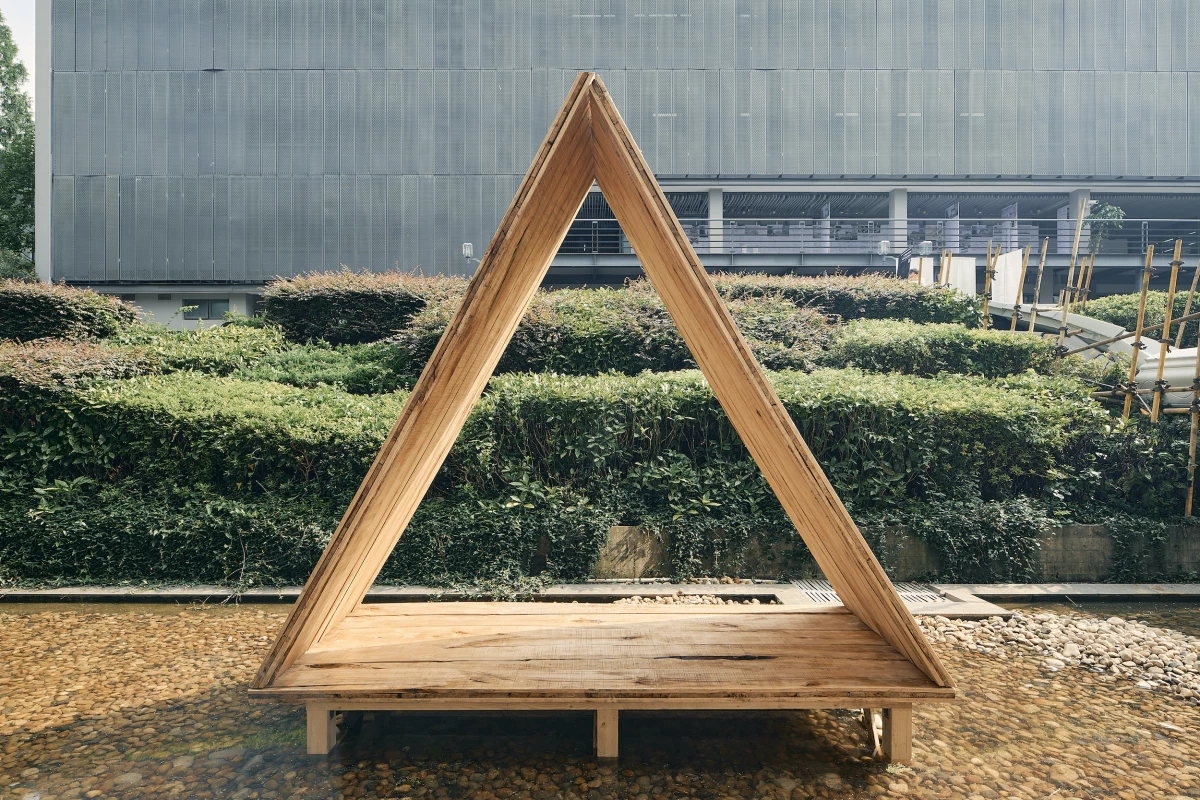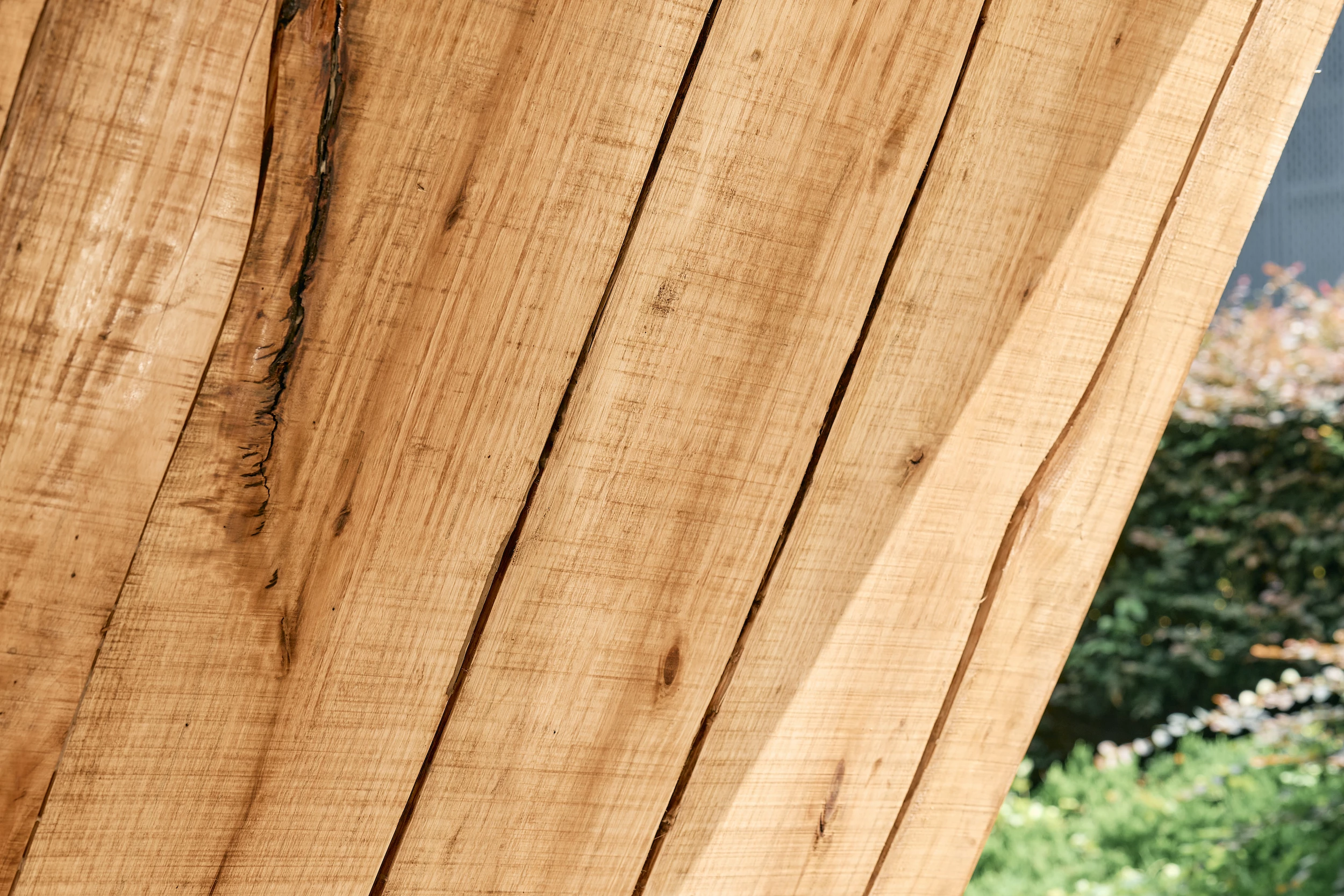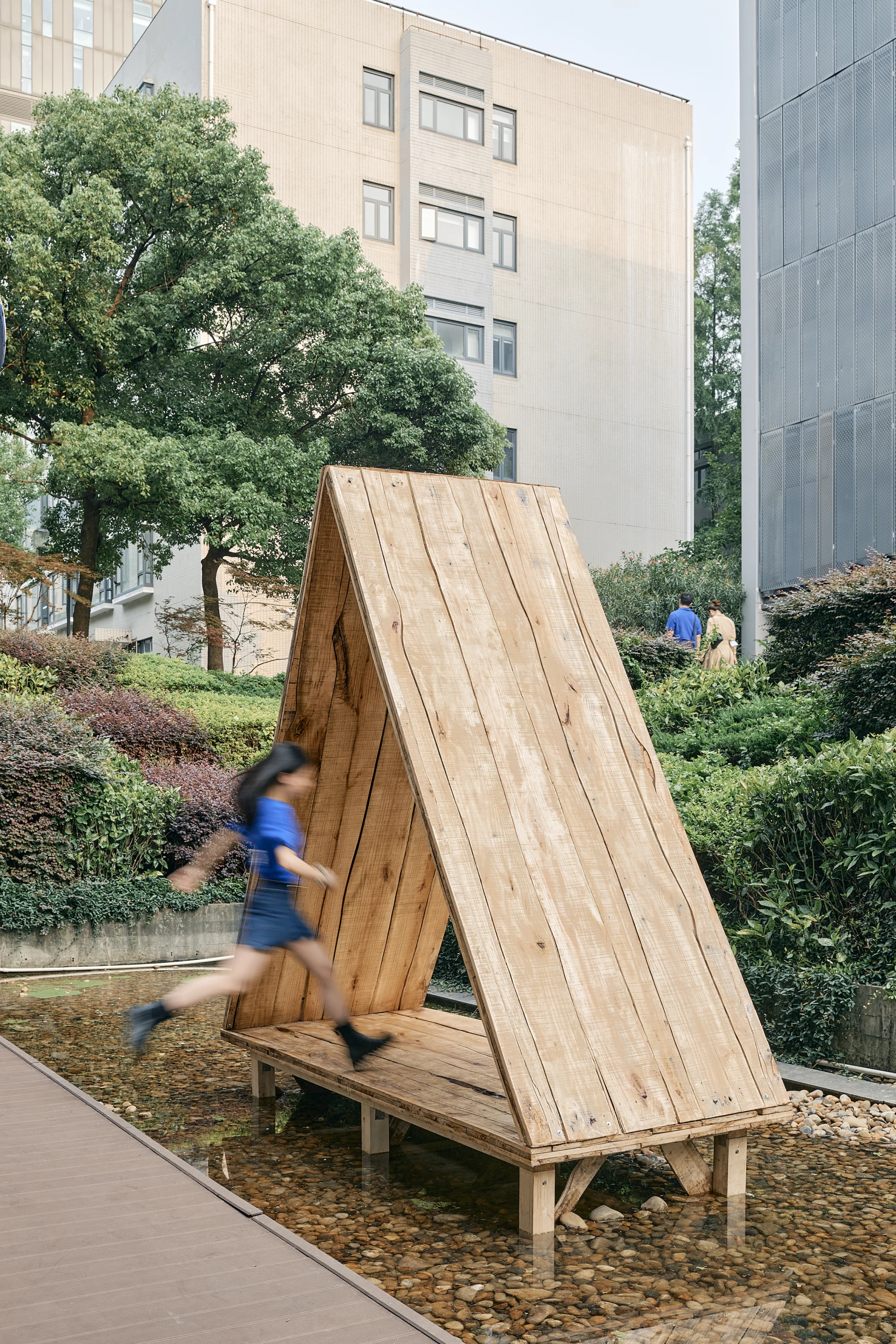Compared with traditional concrete construction, sustainable timber architecture is better for the environment – but there's always room for improvement. With this in mind, a new startup co-founded by Carlo Ratti says it could reduce waste in the manufacturing process of cross-laminated timber (CLT) by up to 30 percent using AI tech.
Carlo Ratti, who is the founder of Carlo Ratti Associati and a professor at MIT, has launched a new startup called Maestro in collaboration with Mykola Murashko, a 23-year-old Cambridge graduate, to pursue the research, which it calls AI Timber.
The basic idea is that instead of reducing irregular trees into uniform straight lines and therefore producing significant waste wood, as is typical during CLT manufacturing, AI Timber maintains the varied shapes of the trees. It uses a combination of AI and digital machining tools to first scan a set of raw timber logs. The logs are then flat sawed into irregular boards, suiting the size of the wood. From there, software is used to identify the ideal sequence to fit them together, like a puzzle piece, resulting in less overall waste.
"As the construction industry works to reduce its emissions – cement production alone is responsible for 8% of global CO2 – mass timber has emerged as an alternative for sustainable construction," explained Carlo Ratti Associati's press release. "However, the industrial sawing process of cutting unique trees into standardized panels generates a large amount of wood waste.
"AI could reduce wood waste in cross-laminated timber production by up to 30%, but that's only one of the benefits," added Carlo Ratti. "It's also beautiful: the irregular geometry celebrates the original shape of the tree. We are using the artificial to bring out the brilliance of the natural."

We reached out to a representative of Carlo Ratti Associati for more information on how it arrived at its figures and were directed to a paper published in Nature Reviews detailing that 1 cubic meter (35 cubic ft) of CLT typically requires around 2.75 cubic meters (97 cubic ft) of logs to produce. In comparison, Maestro says its AI Timber method can create 1 cubic meter (35 cubic ft) of CLT from just 1.9 cubic meters (67 cubic ft) of logs. The startup also hopes to optimize the process further.
It's early days yet, however Maestro has produced a simple prototype triangular pavilion to show off its techniques. The pavilion is available to view at Tongji University, Shanghai, until September 15.
Source: Carlo Ratti Associati






